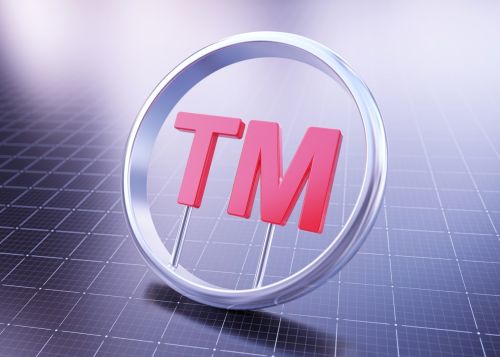Once you have registered your trademark with the United States Patent and Trademark Office (USPTO), it doesn’t expire as long as the trademark is still in use in commerce. However, it’s important to understand that you have a continuing obligation to maintain your mark. In order to ensure that your mark has the protections and benefits that come with a registered trademark, you must renew your trademark at regular intervals.
When Do Trademarks Need to Be Renewed?
One of the confusing aspects of maintaining a trademark is understanding the renewal timeline. The trademark renewal periods set by the USPTO are meant to ensure that the trademark is continued to be used in commerce. Failure to use a trademark in the marketplace for three or more consecutive years can result in your trademark being deemed abandoned. By renewing your trademark, you can also retain your right to pursue a legal remedy in the event of infringement by a third party.
The trademark renewal intervals are as follows:
- First “renewal” filing — Uniquely to the U.S, the first trademark “renewal” filing is the Section 8 filing due between the fifth and sixth year anniversary from the date of the initial registration. At this anniversary, the trademark owner has the option of filing just the Section 8 or both Section 8 & 15. Section 8 filing is an affidavit stating that the trademark is still in use in commerce.
- “Second” renewal filing — The actual trademark renewal filing is due between the ninth and tenth year of registration. This is the first full trademark renewal. Both the Section 8 (affidavit the trademark is still in use) and the Section 9 (the 10 year renewal) is required.
- Third and subsequent renewal filings — A trademark owner is entitled to ownership of their mark indefinitely, provided that they continue to use the mark in commerce and file a renewal every ten years. Henceforth, both the Section 8 & 9 are required every ten years.
The USPTO allows for a six-month grace period following each of the above deadlines. While a trademark owner can still file during this time frame, they will be required to pay an additional fee. A trademark registration will be canceled if a renewal is not filed by the end of the grace period.
If you own a trademark in connection with a product or service in the global marketplace, it’s crucial to be aware of the renewal process and due date for each country. Even if you have filed through the Madrid Protocol, you must still comply with the renewal deadlines for each jurisdiction.
Section 8 Declaration of Use and/or Excusable Nonuse
A Section 8 declaration is a statement that is signed and filed by the owner of the trademark between the fifth and sixth year anniversary of the trademark registration. This statement specifies that either (1) the trademark is being used in commerce with the goods and services listed on the registration or (2) the trademark is not in use in commerce due to special circumstances that excuse nonuse. If the trademark is not in use, the statement must specify the date the mark was last used in commerce, the approximate date you expect to resume use in commerce, and details concerning the nonuse. You must also identify the steps you are taking to resume use of the mark.
Every ten years, a combined Sections 8 and 9 filing must be submitted to the USPTO which includes a declaration of use/excusable nonuse and an application for renewal. Importantly, a Section 9 renewal is a request to keep your trademark registration active.
Section 15 Declaration of Incontestability
A Section 15 declaration of incontestability is filed at the five-year anniversary of registration. This is a signed statement in which the trademark owner claims their incontestable rights and continuous use of the mark. The declaration must state that the trademark has been used in commerce for a period of five years from the date of registration in connection with each of the goods or services listed in the registration — and is still being used in commerce.
The statement must also specify that there is no pending legal proceeding involving the trademark or a final legal determination that is adverse to the owner’s claim to the mark. A mark that is registered on the Supplemental Register does not qualify for incontestability status.
Filing a declaration of incontestability should not be confused with filing for a renewal. Although they may be submitted at the same time, they are very different types of filings. While a trademark renewal is filed between the fifth and sixth year following the original date of registration (and every tenth anniversary subsequently), a declaration of incontestability only needs to be filed once. Significantly, filing for incontestability status is not required and there is no applicable deadline — even if you haven’t filed the declaration with your renewal, you can submit it at any time if you are eligible.
For Help Renewing Your Trademark Contact an Experienced Trademark Attorney
Renewing your trademark at the regular intervals is vital to maintaining your rights. However, understanding the applicable deadlines and the paperwork that must be filed can be confusing, and it’s best to have a skilled trademark attorney who can assist you with the process. Located in Ann Arbor, Michigan and serving clients nationwide, the Trademark Lawyer Law Firm, PLLC works with business owners and entrepreneurs concerning all trademark matters — including registration and renewals. Contact us today to schedule a complimentary 15-minute consultation to learn how we can help.




